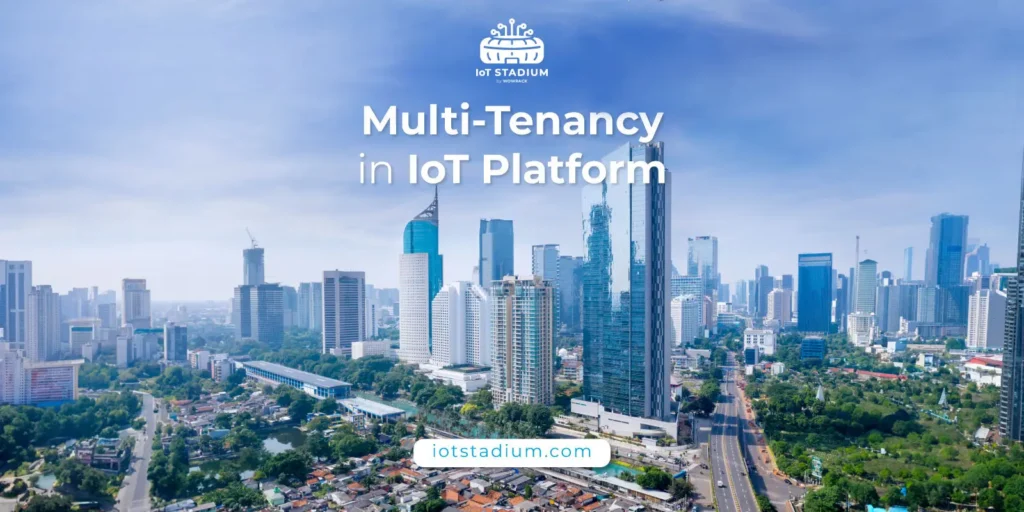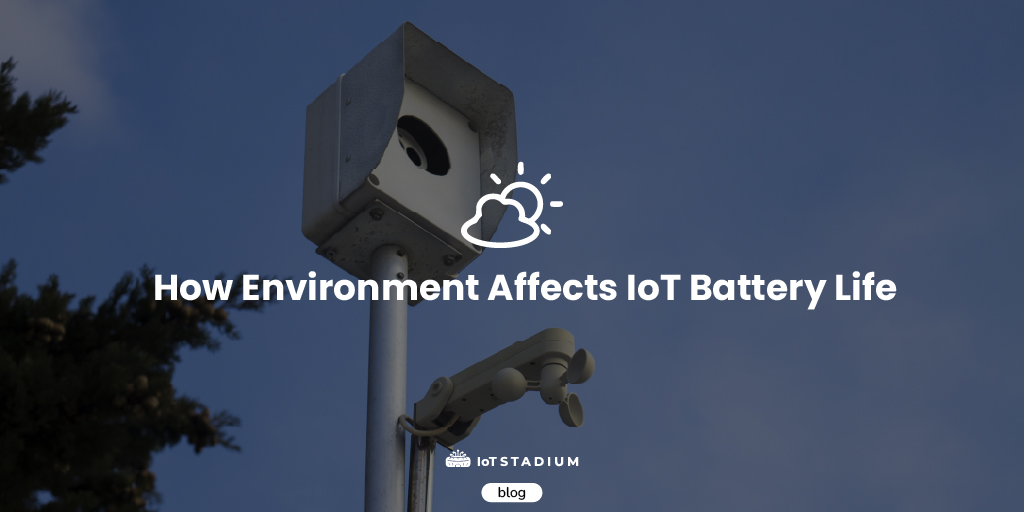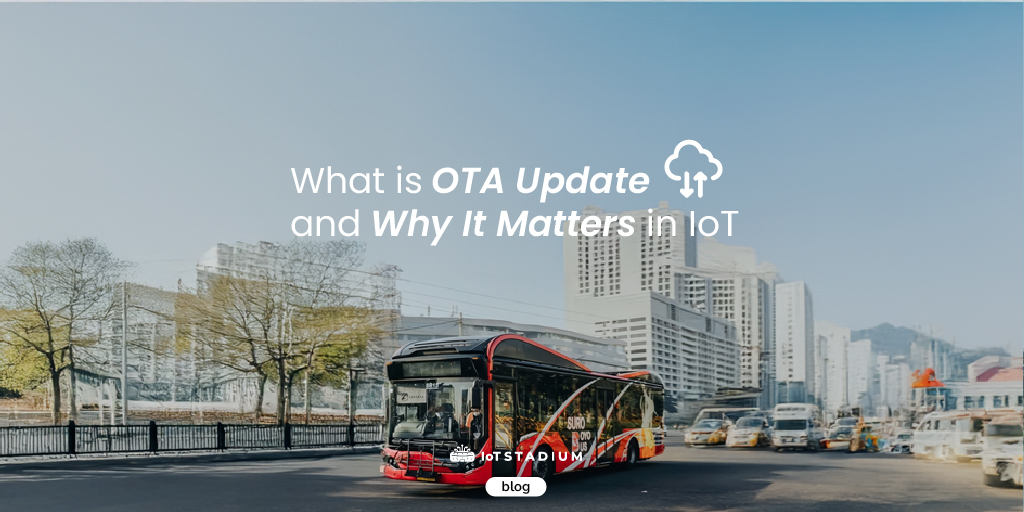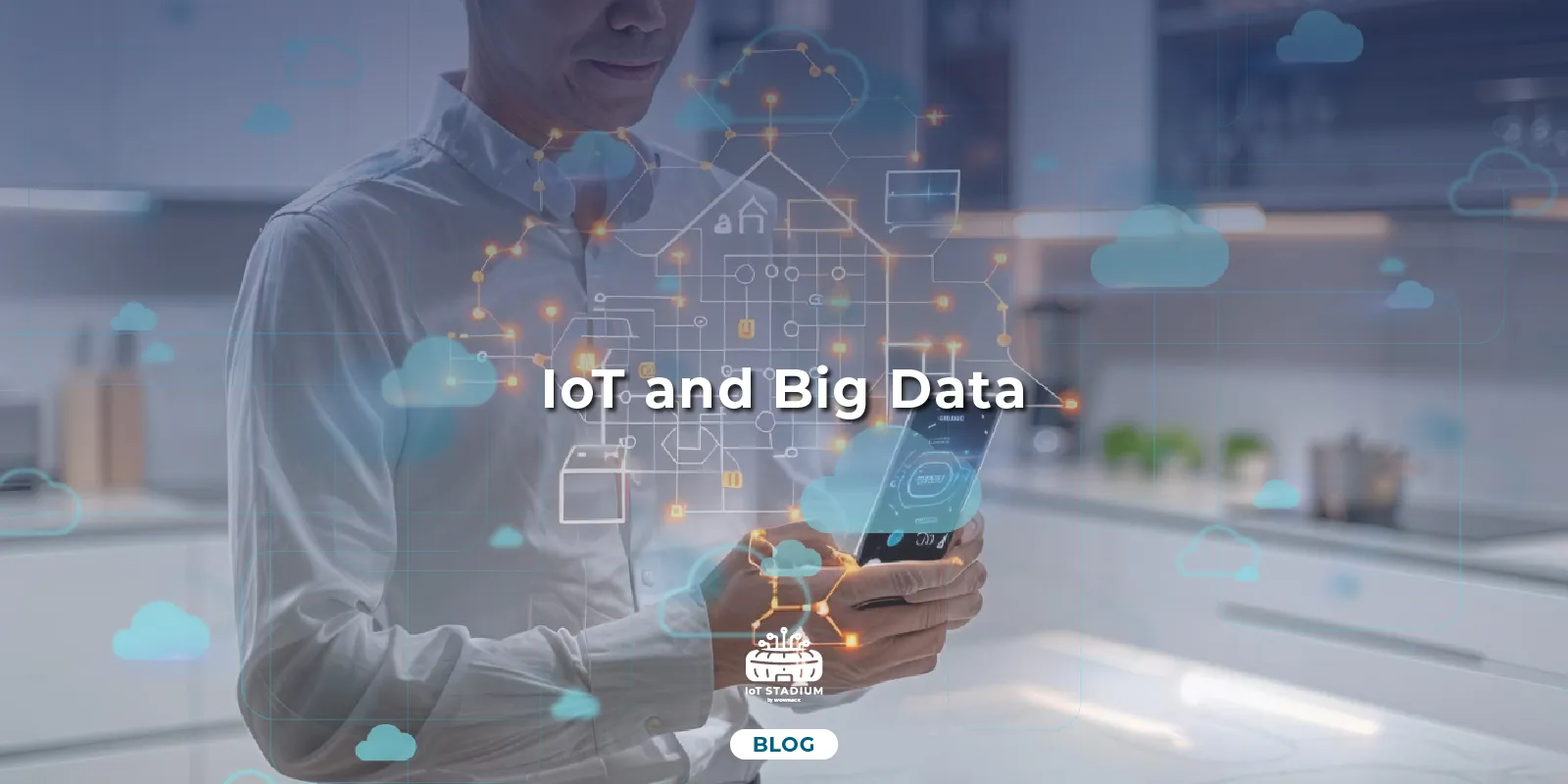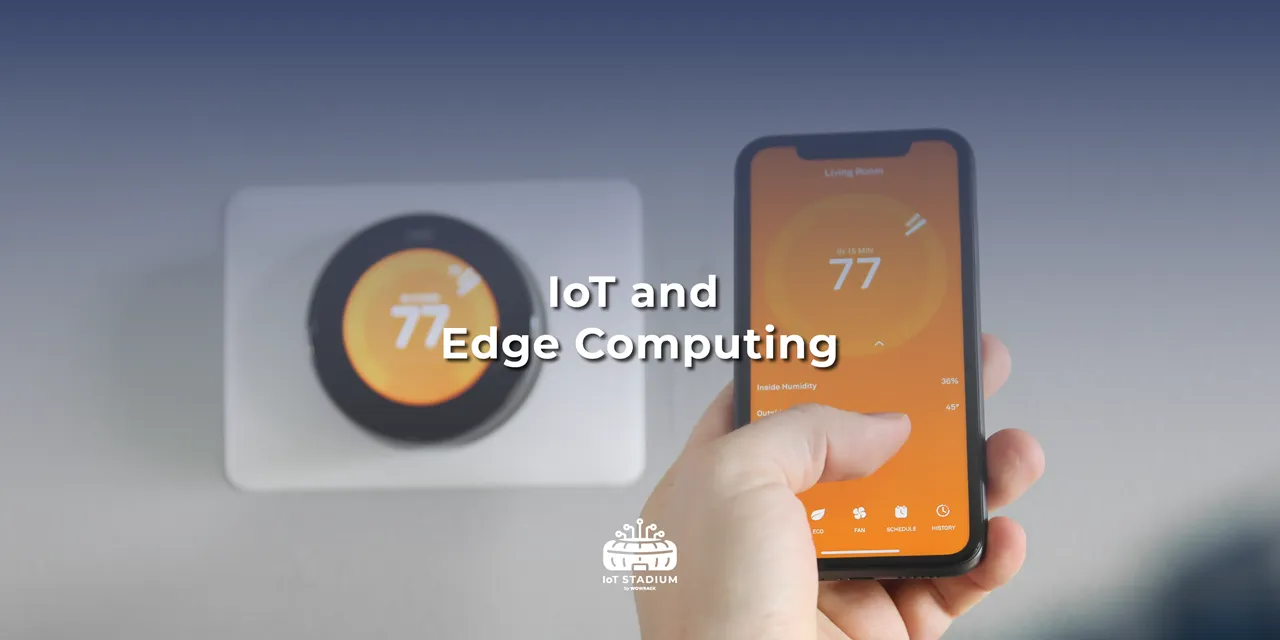Multi-tenancy is like living in an apartment building where multiple tenants or residents share the same building, but each has their own separate space, like their own unit. In the context of software or technology, multi-tenancy means that a single system or platform can be used by multiple users or groups, and each user or group has their own private and isolated area to work in, even though they are all using the same system. It's a way to efficiently share resources and infrastructure while keeping data and operations separate and secure for each user or group.
The major different between single-tenant and multi-tenancy can be described like this:
-
- Single-Tenant: In a single-tenant system, each user or organization has its dedicated instance of a software application or platform. The entire system is dedicated to serving a single user or tenant, offering high customization but potentially higher costs and limited resource efficiency.
- Multi-Tenant: In a multi-tenant system, multiple users or organizations share a common instance of a software application or platform. Each user's data and operations are logically segregated and secure, providing cost efficiency, scalability, and resource optimization while maintaining data privacy and security.
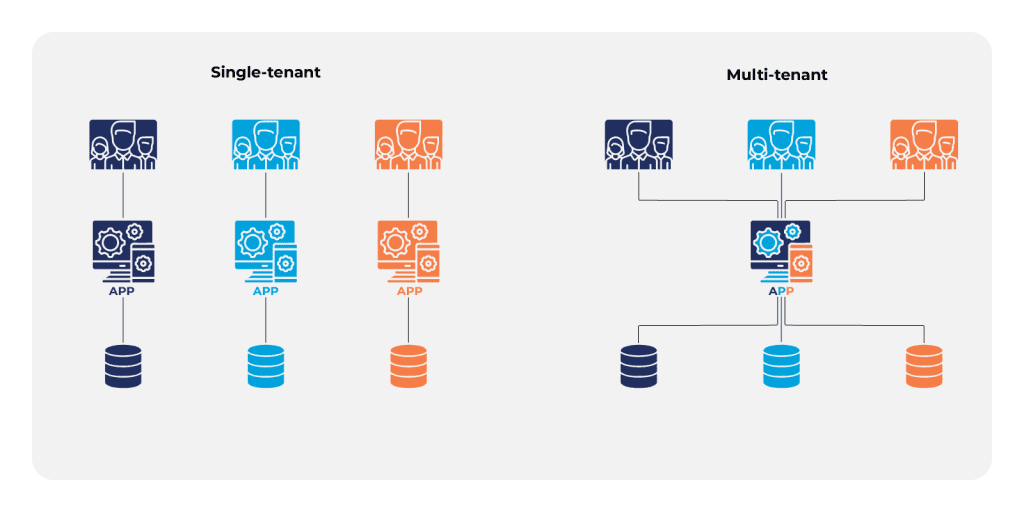
Multi-tenancy also can be set with hierarchical system.
Then, what is the multi-tenancy with hierarchical system?
Picture this, multi-tenancy with a hierarchical system is like having a multi-story building where each floor represents a different level of authority or access within a shared space.
Let me give an example with our hierarchy in multi-tenancy system.
1. Tenant Owner
This is like the owner of the building. They have the highest authority and control. They can change the roles of other users, access all areas and features of the building, and even invite new users to join the space.
2. Admin
Admins are like the managers of each floor. They have the second-highest level of authority. They can access all areas and features just like the owner, and they can also invite new users to their floor.
3. User
Users are like the tenants on each floor. They have the lowest level of authority and can't make changes to the building or interact with all areas. However, they can access specific areas and features when granted permission by users with higher authority, just like how tenants on a floor can access certain spaces when allowed by the floor manager.
Or you can think of multi-tenancy with a hierarchy as a multi-story building. The Tenant Owner, like the apartment owner, has the highest authority. They control everything, from changing roles to inviting new users. Admins, akin to workers, manage specific floors and have significant access. Users, the customers in this analogy, reside on these floors. Their access is limited but can be expanded by Admins or the Tenant Owner. Just like tenants can decorate their units within limits, Users can access specific areas, ensuring a balanced control structure.
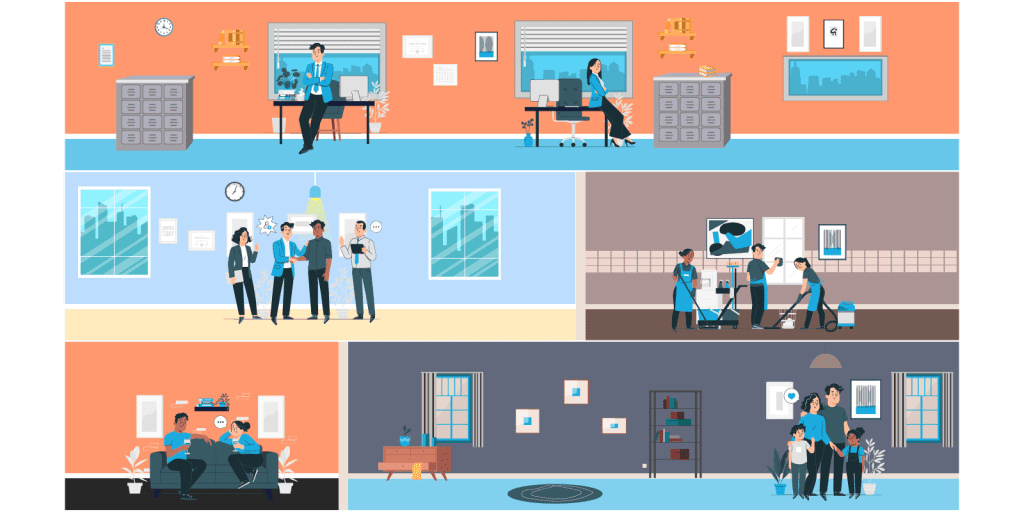
In this hierarchical multi-tenancy system, each level of authority has its own set of permissions, and access is controlled by those with higher authority. It's a way to manage and control shared resources and access within a larger system efficiently.
What is Multi-tenancy in IoT Platforms?
Multi-tenancy in IoT platforms is a concept where a single IoT platform serves multiple organizations or users, known as "tenants," while keeping their data, devices, and operations logically separated and secure. Each tenant operates within their dedicated and isolated environment on the same platform. This approach allows multiple entities to share the same underlying IoT infrastructure and resources, while still maintaining data privacy and security for each tenant.
In the context of IoT platforms:
1. Tenant
Represents an organization, user group, or entity that uses the IoT platform.
2. Multi-Tenant IoT Platform
Refers to the overarching system or software that supports the inclusion of multiple tenants. It provides tools and mechanisms to ensure that each tenant's data and devices are distinct and that they can manage their IoT applications independently.
Benefits of multi-tenancy in IoT platforms include cost savings, efficient resource, scalability to accommodate more users and devices, enhanced security through data isolation, and the ability to customize IoT applications for the specific needs of each tenant. It's a crucial feature for accommodating the diverse requirements of various businesses, industries, or users on a shared IoT infrastructure.
Benefits of Multi-Tenancy in IoT Platforms
1. Cost Efficiency
Multi-tenancy allows multiple organizations or users to share the same infrastructure, reducing the need for separate instances. This shared approach leads to cost savings as operational expenses are spread across all tenants.
2. Scalability
IoT platforms must be able to handle an ever-increasing number of devices and data. Multi-tenancy provides the scalability needed to accommodate more tenants and their devices without significant infrastructure changes. This scalability is critical in handling the growing demand for IoT applications.
3. Resource Optimization
With multi-tenancy, resources such as processing power, storage, and network bandwidth can be efficiently allocated among tenants based on their specific needs. This ensures that no tenant is overprovisioned or under provisioned, leading to optimized resource utilization.
4. Security
Security is a paramount concern in IoT. Multi-tenancy solutions can enforce strict isolation between tenants to prevent data leakage and unauthorized access. Access controls, encryption, and role-based access management are key components of securing multi-tenant IoT platforms.
5. Customization
Multi-tenancy can allow for different levels of customization for each tenant. Tenants may have unique requirements, such as specific data processing or user interfaces. A multi-tenant platform should support these customizations while maintaining system integrity.
6. Data Privacy and Compliance
IoT data often contains sensitive information. Multi-tenant platforms should facilitate compliance with data privacy regulations (e.g., GDPR) by providing mechanisms for data segregation and ensuring that each tenant can adhere to their respective data protection requirements.
7. User Management
Effective multi-tenancy involves comprehensive user and role management. Each tenant should be able to manage its users, roles, and access permissions independently. This is crucial for tenant-specific administration and governance.
8. Monitoring and Reporting
Multi-tenant IoT platforms should provide tools for monitoring the performance, security, and usage of the platform for each tenant. This helps tenants track their resources and ensure that their IoT applications are running smoothly.
9. Efficient Maintenance
Maintenance and updates become more manageable in a multi-tenant environment. Updates, patches, and fixes can be applied across all tenants simultaneously, reducing the operational burden and ensuring consistency in the platform.
10. Support for Various Use Cases
Multi-tenancy accommodates a wide range of IoT use cases, from industrial applications to smart cities, making it a versatile solution for diverse industries and applications.
Conlusion
Multi-tenancy is particularly beneficial for businesses or organizations that require scalability and cost-effectiveness. By utilizing a single system, maintenance and updates can be performed more efficiently, reducing overall expenses. Additionally, multi-tenancy enables customization and flexibility for each user or group, allowing them to tailor the system to their specific needs without impacting others.
In our platform, we set three types of users: Tenant Owner, Admin, and User. Each had a different hierarchy and access, but all three of them are working together to manage their own tenant, where they may set their own automation or set their own dashboard.
Visit our blog to get more information about technology. On the other hand, you can visit our knowledge base page for tutorials on how to use the features in IoT Stadium.
